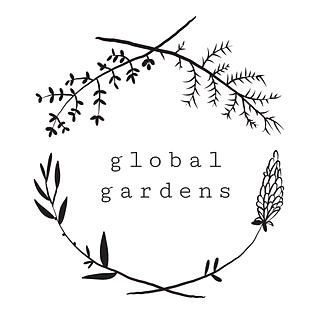CROPSHARE #10 Lemon balm
- Global Gardens
- May 7, 2021
- 2 min read

Lemon balm (Melissa officinalis) is a hardy perennial herb in the mint family. It is native to the Mediteranean region and Central Europe. It has pale green nettle - like leaves and flowers in June and July. It is a very fragrant herb, with a strong citrusy smell and flavour.
It is known by many other names, such as melisa, balm mint, common balm, cure all, garden balm, amongst many others. Melissa in Greek means ‘a bee’ and it was given such a name because of its association to bees. Beekeepers since the ancient Greeks have planted lemon balm next to their hives, as a source of nectar, and because they believed the bees will never leave the hive. They’d also put sprigs of lemon balm in an empty beehive to attract a swarm. Orchards were traditionally planted with lemon balm to attract pollinators. Lemon balm oil was added to syrup to attract queens. Interestingly, if you get stung by a bee, rubbing lemon balm leaf may soothe the pain.
Lemon balm is emmenagogue supporting menstruation, is a stimulant for nerves and has antispasmodic qualities. It is said to help with headaches, anxiety, depression and insomnia. It’s also good for digestion after meals, as it is relaxing and eases the flatulence.
The volatile oils of lemon balm disappear during the drying process so it is best used fresh. The leaves can be used in tea, or added to salads. Because of the lemony taste lemon balm leaves are great in fruit salads or summery drinks. In Spain they use it to perfume milk in ‘leche perfumada con melissa’. It can also be used as a replacement for lemon and lemongrass. Because of its sweetness it can be used in desserts. The leaves can be crystalized and used in baking, or added to jams and jellies.












Comments